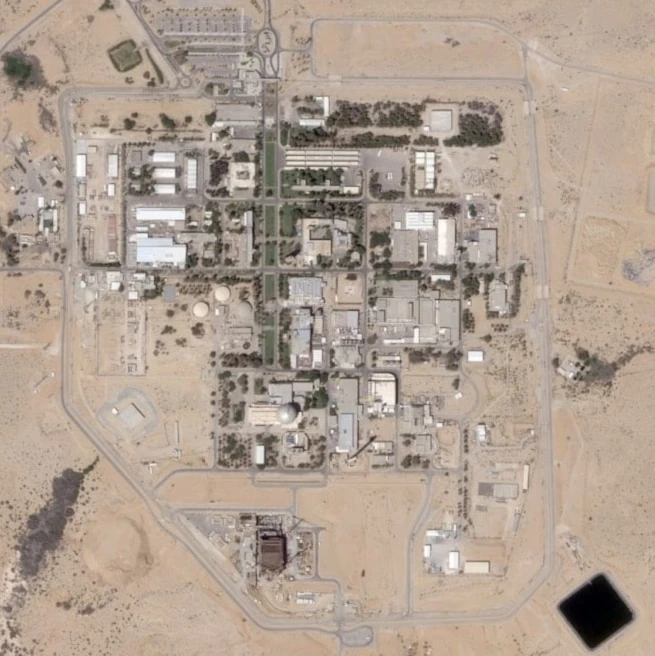Asia allies wary as US considers troop shift from South Korea: WSJ
The Pentagon is exploring the potential relocation of thousands of troops from South Korea to reinforce its posture in the Indo-Pacific.
-

Incoming commander Gen. Xavier Brunson, outgoing commander Gen. Paul LaCamera, US Navy Adm. Samuel Paparo, commander of the United States Indo-Pacific Command, and South Korea's acting Defense Minister Kim Seon-ho inspect the troops during a change-of-command ceremony for the United Nations Command, Combined Forces Command, and the United States Forces Korea at Camp Humphreys in Pyeongtaek, South Korea, Friday, December 20, 2024. (Pool Photo via AP)
The United States is weighing a reduction in its troop presence in South Korea, potentially relocating around 4,500 service members to other locations in the Indo-Pacific, such as Guam. The move is part of a broader strategic reassessment by the Pentagon, The Wall Street Journal reported, citing US defense officials cited by.
The informal review is one of several proposals currently under discussion and has yet to reach President Donald Trump’s desk. Sources familiar with the matter told WSJ that the proposal could be presented to him as part of a wider reconsideration of US policy toward DPRK.
A Pentagon spokesperson said, as quoted by WSJ, that there were “no policy announcements to make,” while National Security Council spokesperson Pete Nguyen refrained from addressing the troop issue directly, emphasizing instead that the president remains focused on the “complete denuclearization” of DPRK, as per the report.
Currently, approximately 28,500 US troops are stationed in South Korea. Senior military officials have cautioned against reducing the "US footprint". General Xavier Brunson, commander of US Forces Korea, told Congress that “to reduce the force becomes problematic,” while Admiral Samuel Paparo noted that a drawdown would “inherently... reduce our ability to prevail in conflict.”
Focus on China, evolving military strategy
Any potential reduction in US troop levels is closely tied to broader strategic goals, including countering what the US perceives as China's assertive territorial ambitions in the South China Sea and its alleged pressure on Taiwan. A shift of forces to Guam is seen by Pentagon planners as a way to retain rapid-response capabilities without compromising regional deterrence, the report stressed.
During a visit to Asia earlier this year, Defense Secretary Pete Hegseth highlighted the need to restore deterrence in the region, describing the coming changes as an “unprecedented” strategic shift toward the Indo-Pacific.
Elbridge Colby, undersecretary of defense for policy, has previously urged South Korea to assume greater responsibility for its conventional defense, thereby enabling the US to focus its resources on deterring China. “I’m not in favor of withdrawing forces from South Korea, as I have repeatedly laid out,” Colby wrote on X. “I’m in favor of reshaping US forces in the ROK to focus on China while the ROK takes the great burden of conventional defense against North Korea,” he added.
Rising tensions with DPRK
While Seoul’s Defense Ministry has denied any discussions with Washington about troop reductions, it reaffirmed that both countries would maintain a unified defense posture against "threats from the North."
Even as discussions over troop reductions in South Korea continue, the US is enhancing its broader military posture across the Indo-Pacific. Washington has deployed new military assets, expanded joint exercises with allies, and established rapid-deployment units capable of responding to emerging threats across regional islands.
A final decision regarding US troop levels in South Korea is not expected until more clarity emerges concerning the war in Ukraine and the extent of future US military commitments to Kiev.
Until then, the debate over how best to balance deterrence in East Asia remains central to US strategic planning, the piece concluded.
Read next: US moves Patriot, THAAD systems to Middle East amid tensions in region

 3 Min Read
3 Min Read










